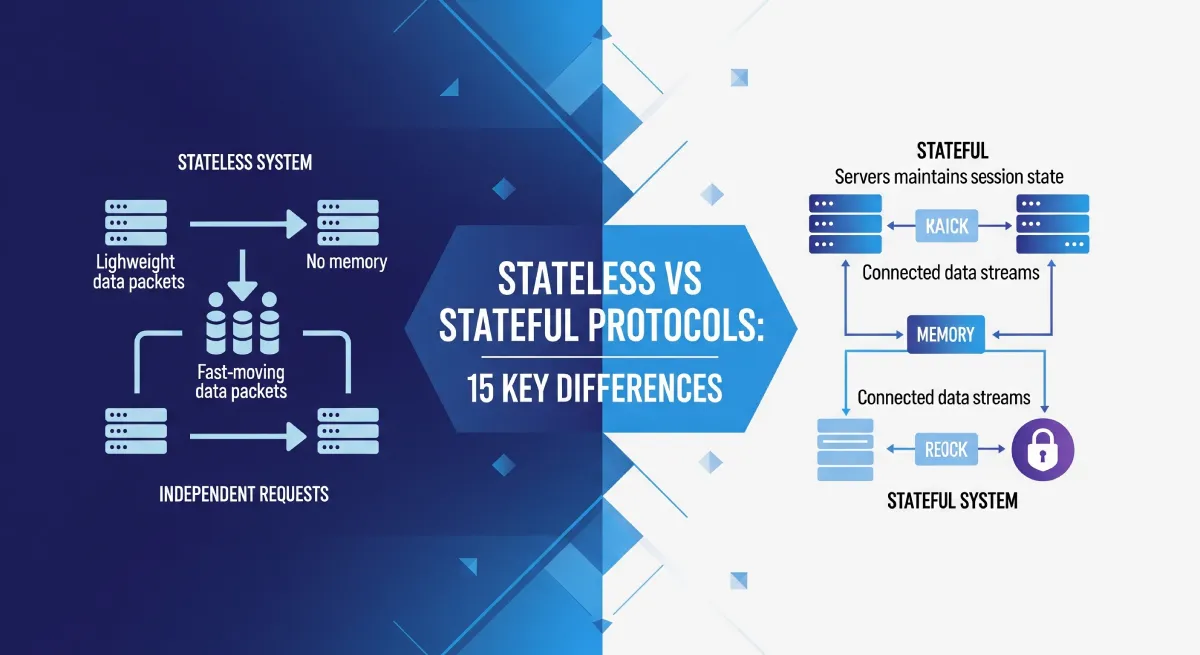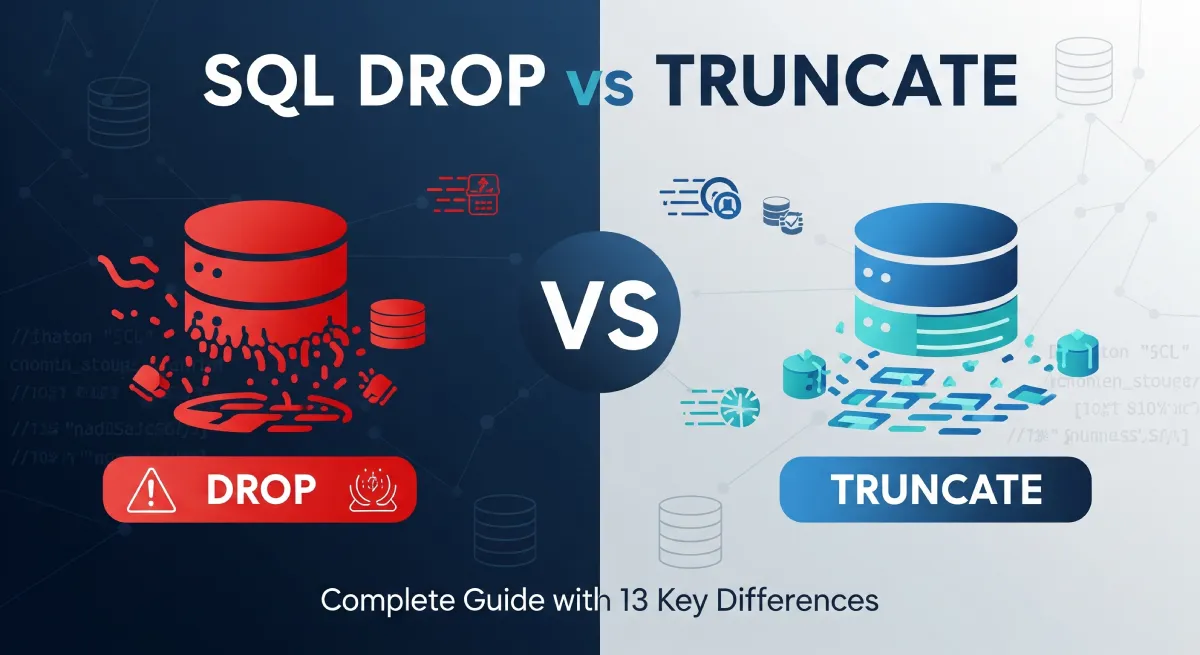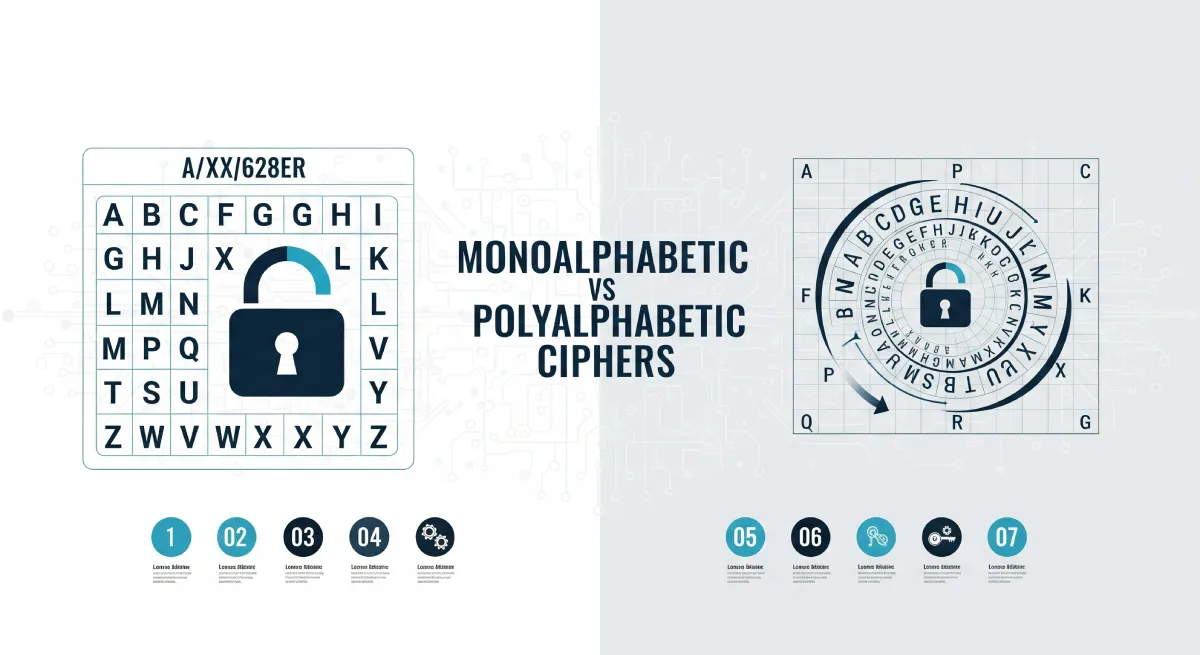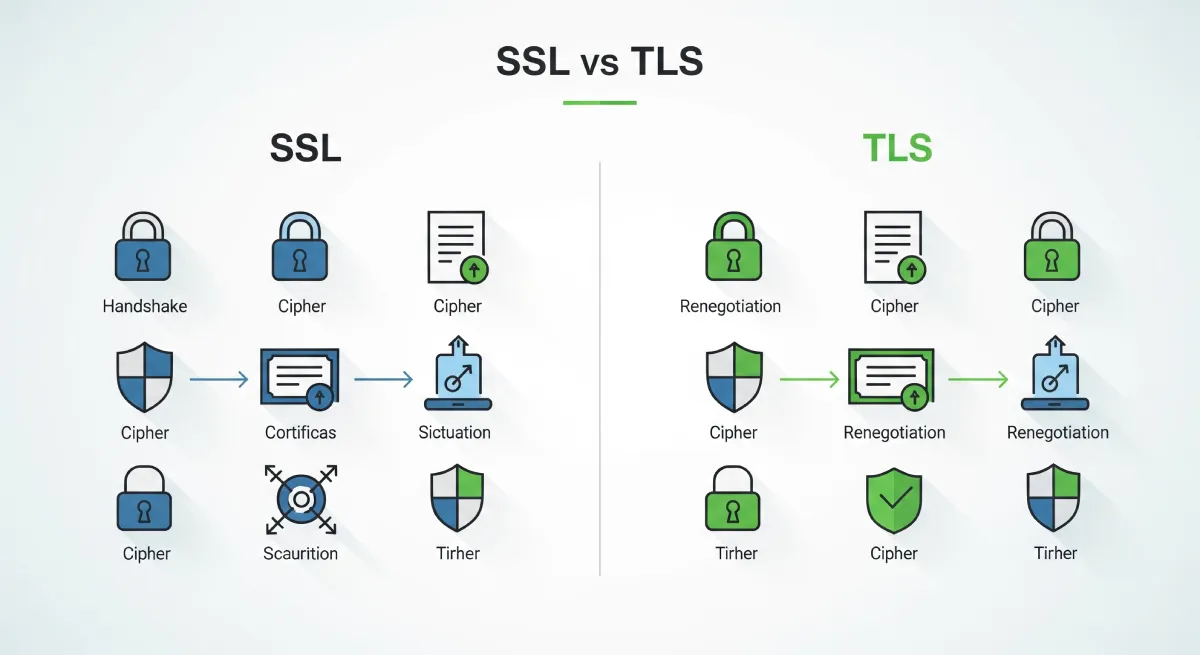In operating systems, logical vs physical memory addresses are crucial for efficient memory management. Logical addresses are used by programs, while physical addresses refer to actual locations in hardware. Understanding these differences is key to optimizing system performance.
Logical Address
A logical address, also known as a virtual address, is the address generated by the CPU during program execution. It does not directly correspond to the physical location of data in memory. The operating system’s memory management unit (MMU) translates logical addresses to physical addresses.
Example:
// C code snippet generating a logical address int *ptr; int value = 10; ptr = &value;
Advantages:
- Allows processes to have independent address spaces
- Enables efficient use of memory through virtual memory management
- Enhances security by isolating processes from each other
Physical Address
A physical address refers to the actual location of data in the computer’s memory hardware. It represents the unique location of each byte in the memory module. The MMU translates logical addresses to physical addresses for data retrieval and storage.
Example:
// Assembly code snippet accessing a physical address MOV AX, [1234H]
Disadvantages:
- Constraints on memory management due to limited physical memory
- Potential security risks if direct access to physical memory is allowed
- Difficulty in sharing memory across multiple processes
Technical Characteristics
Logical addresses are generated by the CPU and translated to physical addresses by the MMU. Virtual memory systems use logical addresses to manage memory efficiently. Physical addresses directly point to the physical memory location where data is stored.
Use Cases and Applications
- Use Case 1: Operating systems use logical addresses to implement memory protection and isolation between processes.
- Use Case 2: Virtual memory systems utilize logical addresses to provide large address spaces for applications while efficiently managing physical memory resources.
- Use Case 3: Debugging tools can benefit from understanding logical and physical addresses to trace memory access violations and optimize memory usage.
Key Differences: Logical vs Physical Memory Addresses
| Logical Addresses | Physical Addresses |
|---|---|
| Used by the CPU to generate addresses during program execution | Represents the actual location in the memory hardware |
| Virtual addresses before translation | Real addresses after translation |
| Managed by the operating system | Not managed by the operating system |
| Remains constant for a program | Can change due to memory management techniques |
| May not be contiguous | Always contiguous |
| Accessible to the user program | Generally inaccessible to the user program |
| Does not physically exist | Exists physically in memory |
| Can be in a different order than physical addresses | Ordered sequentially in physical memory |
| Subject to change during paging or segmentation | Remains fixed unless modified by the operating system |
| Used for protection and isolation of processes | Directly used for data retrieval and storage |
| Referenced by software | Accessed by hardware (memory unit) |
| Not necessarily unique | Must be unique |
| Can be larger than physical memory | Limited by the size of physical memory |
| Provides a layer of abstraction | Directly interacts with hardware |

Practical Implementation
Detailed Practical Implementation Examples
To understand the concept of logical and physical addresses in an operating system, let’s consider a simple example of memory management in a computer system.
Suppose we have a process with logical addresses ranging from 0 to 255. The physical memory has a size of 128 bytes.
Working Code Snippets
Here is a basic code snippet to illustrate logical to physical address translation:
#include <stdio.h>
int main() {
int logical_address = 100;
int physical_memory[128]; // Physical memory
int physical_address;
// Assume mapping function translates logical to physical address
physical_address = logical_address % 128;
printf("Logical Address: %d, Physical Address: %d\n", logical_address, physical_address);
return 0;
}
Step-by-Step Implementation Guide
1. Define logical and physical address space.
2. Implement a mapping function to translate logical addresses to physical addresses.
3. Test the translation for different logical addresses.
4. Verify the correctness of the mapping function.
Best Practices and Optimization Tips
- Use efficient mapping algorithms for address translation.
- Implement memory management techniques like paging or segmentation for better address space utilization.
- Regularly monitor and optimize memory allocation to improve system performance.
Common Pitfalls and Solutions
Pitfall: Incorrect mapping function leading to address translation errors.
Solution: Thoroughly test the mapping function and ensure it accurately translates logical addresses to physical addresses.
Pitfall: Insufficient memory allocation leading to out-of-memory errors.
Solution: Implement dynamic memory management techniques to handle memory shortages effectively.
Overall, understanding logical and physical addresses in an operating system is crucial for efficient memory management and system performance optimization.
Frequently Asked Questions
What is the difference between logical and physical addresses in an operating system?
In an operating system, logical addresses refer to the virtual addresses that are generated by the CPU. These addresses are used by programs during execution and do not directly correspond to physical locations in memory. On the other hand, physical addresses represent the actual locations in the computer’s memory hardware where data is stored.
How does an operating system map logical addresses to physical addresses?
The operating system uses a memory management unit (MMU) to map logical addresses to physical addresses. The MMU translates logical addresses into physical addresses by utilizing techniques such as paging or segmentation. This mapping allows the CPU to access the correct physical memory location corresponding to a given logical address.
Why do operating systems use logical addresses instead of physical addresses?
Operating systems use logical addresses to provide a layer of abstraction between the executing programs and the underlying hardware. Logical addresses allow for easier memory management, process isolation, and protection. By decoupling logical addresses from physical addresses, the operating system can implement features like virtual memory and memory protection.
What is virtual memory, and how does it relate to logical addresses?
Virtual memory is a memory management technique that uses a combination of RAM and disk space to simulate larger memory than physically available. Logical addresses play a crucial role in virtual memory systems by enabling the operating system to map portions of a process’s address space to physical memory or disk storage, thereby providing the illusion of a contiguous memory space.
Can a program directly access physical addresses in an operating system?
No, in a modern operating system, programs are restricted from directly accessing physical addresses. All memory accesses must go through the logical address space, which is managed and translated by the operating system. This restriction helps ensure system stability, security, and prevents programs from interfering with other processes or the operating system itself.
Conclusion
When deciding between using logical or physical addresses, it is essential to consider factors such as system performance, memory utilization, and security. Logical addresses provide flexibility and abstraction, simplifying memory management tasks and enabling efficient multitasking. On the other hand, working directly with physical addresses may be necessary for certain system-level operations or hardware interactions.
To make an informed decision, evaluate the specific requirements of your application or system. If you need to manage memory efficiently and ensure data isolation, logical addresses may be the preferred choice. Conversely, if you require direct access to hardware components or low-level memory management, working with physical addresses could be more suitable.
Ultimately, the decision between logical and physical addresses should align with the goals of your project and the capabilities of your hardware and software environment. By understanding the differences and implications of each address type, you can make well-informed choices to optimize system performance and memory utilization effectively.



